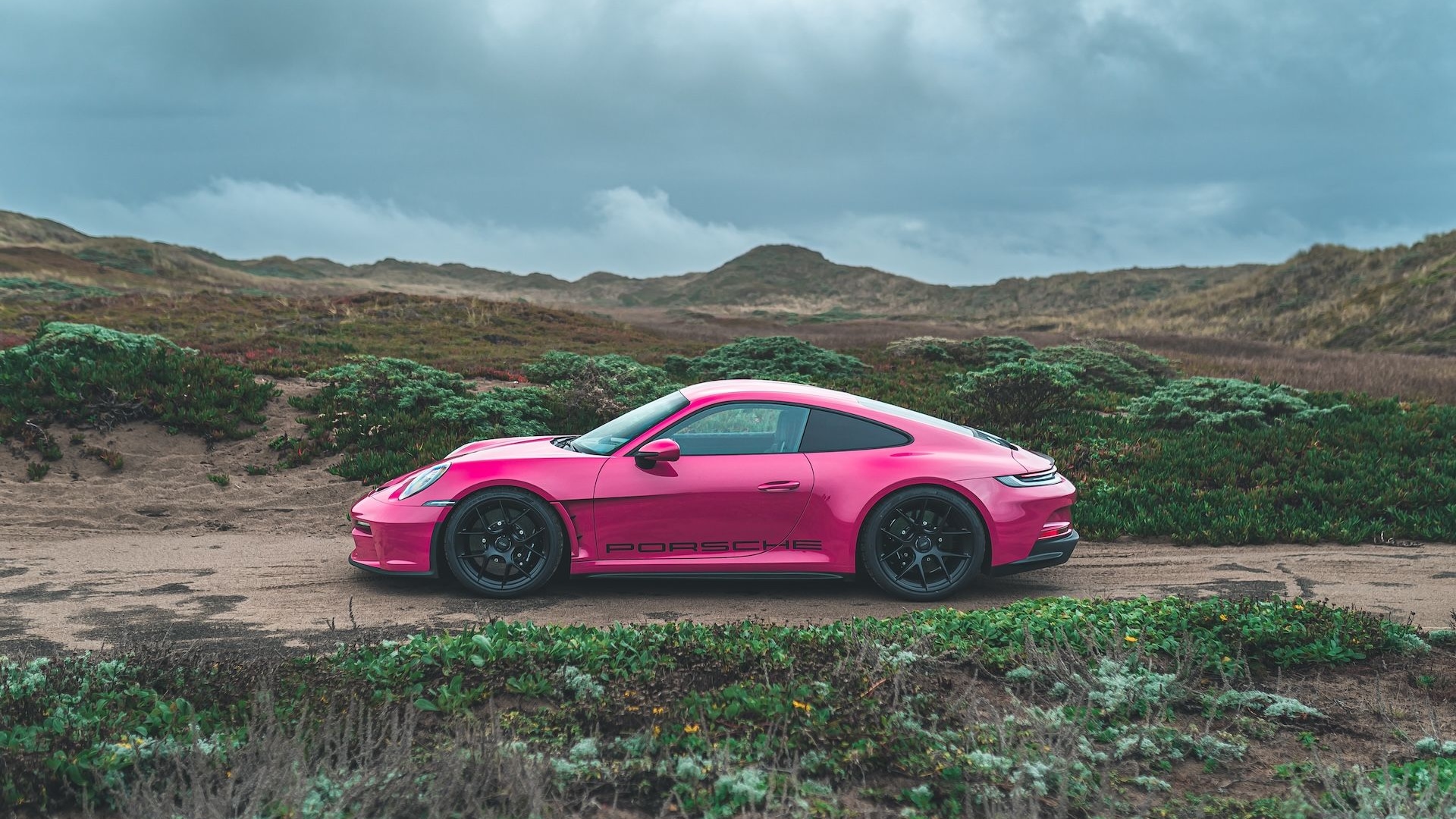For the Porsche 911, variety is the spice of life. Porsche currently sells 24 911 variants, and this video explains all of them in less than 5 minutes.
We should note, this video refers to the current 991-generation 911 lineup and does not represent the upcoming 992-generation 911, the 2020 model, and its forthcoming slew of variants. The lineup will largely remain the same, but the phase-in period will take place over a few years. In the meantime, the new 911 lineup will begin the same way the current one does, with the base 911 Carrera model.
As we've highlighted in the past, the "Carrera" name comes from the famed La Carrera Panamericana, a 2,000-mile Mexican road race. It's a fitting name for one of the grandest sports cars of all time. From there, the Carrera extends to the Cabriolet body style and the Carrera 4, which has all-wheel drive. Stepping into the Carrera S unlocks the athlete of the range, per Porsche, as it has more power and performance options, such as rear-wheel steering.
Positioned between the standard 911 Carrera and the Carrera S is the 911 Carrera T. It's one of the latest variants of the 911 family and is meant to recall pure driving pleasure, manual transmission and all. The T name actually goes back to 1968, but it was revived for 2018.
Then we arrive at the 911 Carrera GTS, the sporty range-topping model. GTS models receive some unique design elements, more power, and more standard equipment, plus the greatest driving characteristics of all Carrera models.
We can't forget about the stylish 911 Targa. The Targa is a semi-convertible with an aluminum roof bar. It's only available as a 4S model with the additional power of an S and the all-wheel drive of a 4..
That brings us to Porsche's banner bread-and-butter model: the 911 Turbo. While all 911s except the GT3s are currently turbocharged, the Turbo gets a lot more power than the Carrera models and the 911 Turbo S adds another 40 horses. Both the Turbo and Turbo S can be had in either coupe or cabriolet body styles.
Finally, we arrive at the GT models, which include the GT3 and GT2 designations. The GT-badged cars are most at home on the track, though they still retain the ethos of the everyday sports car. They begin with the GT3 and its naturally aspirated engine. The GT3 RS gains more power and also weighs less than the standard GT3. At the tippy-top sits the former Nürburgring Nordschleife lap record holder, the 700-hp GT2 RS.
Take a look at the video above for a full explanation in Porsche's own words.


